Home>Storage Ideas>Kitchen Storage>Design A Kitchen Sink: How To Plan A Well-organized Wet Zone
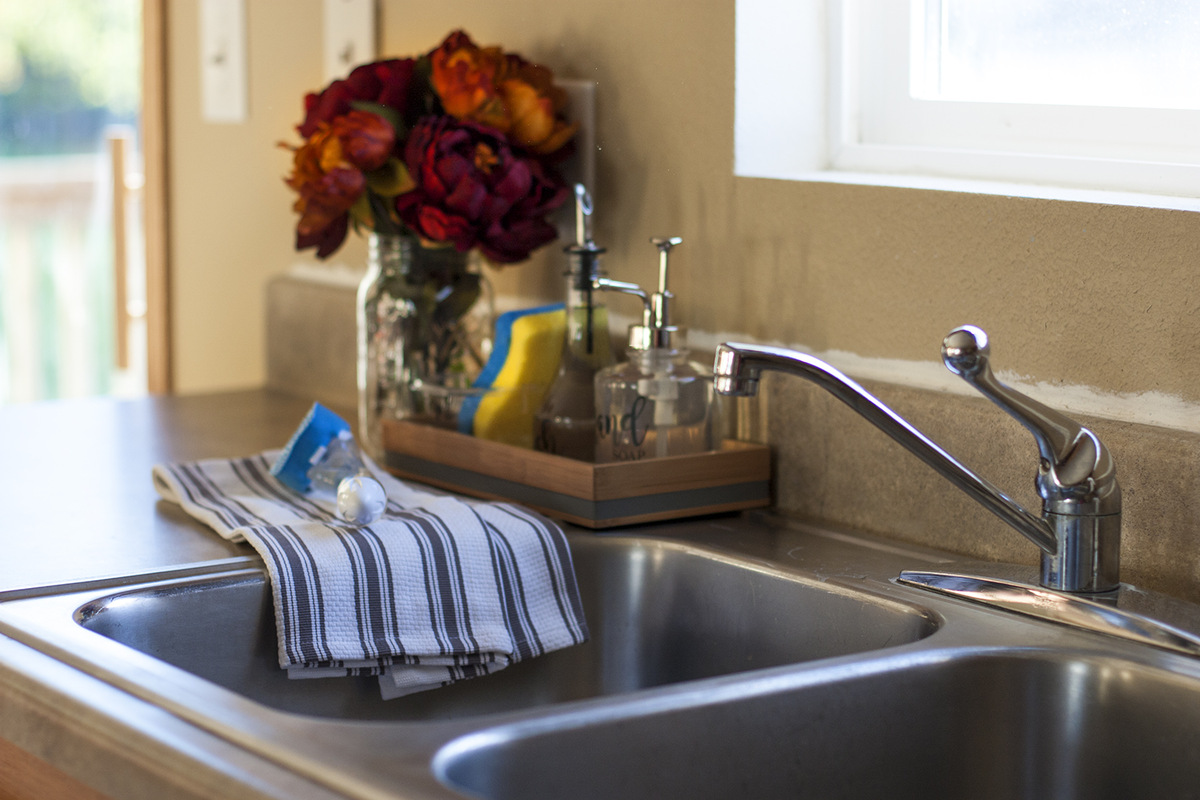

Kitchen Storage
Design A Kitchen Sink: How To Plan A Well-organized Wet Zone
Modified: October 20, 2024
Discover kitchen storage ideas and learn how to design a well-organized wet zone with our expert tips and tricks. Transform your kitchen sink area into a functional space.
(Many of the links in this article redirect to a specific reviewed product. Your purchase of these products through affiliate links helps to generate commission for Storables.com, at no extra cost. Learn more)
Introduction
Welcome to our comprehensive guide on how to design a well-organized wet zone by choosing the right kitchen sink. The kitchen sink is an essential element of any kitchen, providing a functional and aesthetic focal point. From meal preparation to dishwashing, the sink plays a crucial role in everyday kitchen activities. By planning and optimizing this space, you can create a kitchen that is not only efficient but also visually pleasing.
Designing a kitchen sink involves various factors, such as choosing the right sink size, determining the layout, selecting suitable materials and accessories, considering plumbing requirements, and more. In this article, we will delve into each aspect to help you make informed decisions and create an organized and practical wet zone in your kitchen.
The sink area acts as a central hub for meal preparation, washing dishes, and cleaning, so it is crucial to design it with functionality and convenience in mind. By optimizing the sink area, you can streamline your kitchen workflow and create a more efficient and enjoyable cooking experience.
Whether you are renovating your kitchen or starting from scratch, this guide will provide you with valuable insights and tips to design a kitchen sink that meets your needs and enhances the overall aesthetics of your kitchen. So, let’s dive in and explore the different aspects of designing a well-organized wet zone!
Key Takeaways:
- Designing a well-organized kitchen sink involves choosing the right size, material, and style to enhance functionality and aesthetics. Consider layout, lighting, plumbing, and maintenance for a balanced and efficient space.
- Sink accessories, proper lighting, ventilation, and maintenance are essential for creating a functional and visually appealing kitchen sink area. Pay attention to details to optimize workflow and enhance the overall cooking experience.
Choosing the Right Sink
When it comes to choosing the right sink for your kitchen, there are a few factors to consider. The first is the sink’s functionality. Think about how you plan to use your sink. Do you need a single basin or a double basin? A single basin provides a larger space for washing larger pots and pans, while a double basin allows for multitasking, such as washing dishes on one side and rinsing fruits and vegetables on the other.
The next consideration is the material of the sink. Stainless steel sinks are a popular choice due to their durability, affordability, and resistance to stains and scratches. They are also easy to clean. Another option is porcelain or enameled cast iron. These sinks have a timeless appeal and are available in a variety of colors to match your kitchen decor. However, they may require more maintenance to prevent chipping and staining.
Another consideration is the sink’s installation method. There are three main types: top mount, undermount, and flush mount. Top mount sinks are the most common and easiest to install, as they sit on top of the countertop. Undermount sinks are installed underneath the countertop, providing a seamless look and making it easier to clean the counter. Flush mount sinks are integrated into the countertop, creating a sleek and modern look. Choose the installation method that suits your style preferences and practical needs.
In addition to functionality and material, consider the sink’s shape and size. Rectangular sinks are the most common and versatile, but you can also opt for round or square sinks to add a unique touch to your kitchen. Ensure that the sink size is proportionate to your countertops and cabinet space. A sink that is too small may limit your workspace, while a sink that is too large can overpower the kitchen and make it difficult to reach across.
Lastly, consider the overall aesthetic of your kitchen. The sink is a prominent feature, so it’s essential to choose one that complements your kitchen’s style. Whether you prefer a modern, minimalist design or a more traditional, farmhouse-inspired look, select a sink that harmonizes with your overall kitchen theme.
By carefully considering the functionality, material, installation method, size, and aesthetics of the sink, you can choose a sink that not only meets your practical needs but also adds visual appeal to your kitchen.
Determining the Layout
The layout of your kitchen sink plays a significant role in the overall functionality and efficiency of your kitchen. When determining the layout, you’ll need to consider the size and shape of your kitchen, as well as the placement of other kitchen elements, such as countertops, cabinets, and appliances.
One popular layout option is the traditional work triangle, which includes the sink, cooktop, and refrigerator. This layout ensures that these three essential components are within easy reach and allows for smooth movement between them. The sink is often placed between the cooktop and refrigerator, creating a triangle shape that minimizes unnecessary steps during meal preparation.
Another layout option is the galley kitchen layout. In this layout, the sink is positioned between two parallel countertops, creating a streamlined and efficient workspace. This layout is ideal for smaller kitchens or for those who prefer a linear and organized kitchen design.
For larger kitchens, an island layout may be a desirable option. In this layout, the sink is located in the center island, providing a convenient and spacious area for food preparation and cleanup. This layout is particularly beneficial for those who enjoy entertaining and frequently use their kitchen as a social hub.
No matter which layout you choose, it’s important to ensure that the sink is easily accessible and not obstructed by other elements. The sink should be placed near the dishwasher, as this facilitates the seamless flow of dirty dishes from the sink to the dishwasher for cleaning.
Furthermore, consider the surrounding space when determining the layout. Allow for ample counter space on either side of the sink for meal preparation and use the area under the sink effectively by incorporating storage solutions like pull-out drawers or shelves. If space allows, add a backsplash behind the sink to protect the walls from water damage and add a decorative element to the kitchen.
Ultimately, the layout of your kitchen sink should prioritize functionality, efficiency, and accessibility. Take into account the size of your kitchen, the placement of other kitchen components, and your personal preferences to create a layout that suits your needs and elevates your kitchen’s overall design.
Sink Placement
Choosing the right placement for your kitchen sink is crucial for optimizing functionality and workflow. The sink placement will depend on various factors, such as the layout of your kitchen, the location of plumbing connections, and your personal preferences.
One common placement option is against a wall. This allows for easy access to plumbing connections and creates a clean and organized look. Placing the sink against a wall also provides ample countertop space on either side, making it convenient for meal preparation and washing dishes. This placement is particularly suitable for smaller kitchens or galley-style layouts.
Another placement option is in the center of a kitchen island. This is an excellent choice for larger kitchens or open-concept spaces where the island serves as a prominent focal point. Having the sink in the center of the island allows for a spacious and dedicated area for food preparation and cleanup. It also creates a social and interactive environment, allowing you to engage with guests or family members while working in the kitchen.
If your kitchen has a peninsula or breakfast bar, you can consider placing the sink on the side of the peninsula facing the main kitchen area. This placement provides easy access to the sink from both sides, making it convenient for multiple users and encouraging a collaborative cooking experience.
When deciding on sink placement, consider the natural flow of your kitchen. Place the sink in a location that minimizes the distance between the sink, refrigerator, and cooktop. This will optimize efficiency and enable a smooth workflow while cooking and cleaning. Additionally, think about potential obstructions to the sink area, such as cabinets or appliances, and ensure there is enough clearance around the sink for comfortable use.
Ultimately, the best sink placement for your kitchen will depend on your specific needs and the layout of your space. Take into account the size of your kitchen, the available plumbing connections, and how you envision using the sink in your daily kitchen activities. By carefully considering these factors, you can determine the optimal placement for your kitchen sink that enhances both functionality and aesthetics.
Sink Size and Depth
Choosing the right size and depth for your kitchen sink is essential for practicality and functionality. The size of the sink should be proportionate to the size of your kitchen and the amount of counter space available. It should also be suitable for your cooking and cleaning needs.
Consider the size of your largest pots, pans, and baking sheets when determining the sink size. You want to ensure that they can fit comfortably in the sink for cleaning and soaking. A sink that is too small can be restrictive and make it difficult to wash larger items, while a sink that is too large may take up excessive counter space.
In addition to size, consider the depth of the sink. The depth will depend on your personal preference and the tasks you anticipate performing in the sink. A deeper sink can accommodate larger pots and pans and prevent water from splashing onto the counter. It also hides dirty dishes from view, creating a tidier appearance in the kitchen. However, a deeper sink may require leaning over more, which can put strain on your back if you spend a lot of time at the sink. A shallower sink may be more comfortable for daily use, but it might not accommodate larger items and can result in more splashing.
It’s also worth noting that sink depth is often measured from the top of the sink to the bottom, rather than the water level when filled. Therefore, consider the overall depth of the sink when factoring in its capacity.
When selecting the size and depth of your sink, it’s crucial to strike a balance between functionality and available counter space. A sink that is too large can impede your ability to work efficiently, while a sink that is too small may not meet your needs. Measure your available space and carefully consider the size and depth options available to find the perfect fit for your kitchen.
Remember, the size and depth of your sink are not just practical considerations – they also contribute to the overall aesthetics of your kitchen. A well-proportioned sink can enhance the visual appeal of your kitchen and create a harmonious look with the surrounding countertops and cabinets.
Take your time to assess your needs, measure your space, and explore different sink options to find the optimal size and depth that will make your kitchen sink both functional and visually pleasing.
Material and Style Options
When it comes to selecting the material and style of your kitchen sink, there are various options to consider. The material of the sink not only affects its durability and maintenance but also contributes to the overall aesthetic appeal of your kitchen.
One of the most popular materials for kitchen sinks is stainless steel. Stainless steel sinks are durable, resistant to stains and scratches, and easy to clean. They also have a sleek and modern look that complements a wide range of kitchen styles. Additionally, stainless steel sinks are available in different finishes, such as brushed or polished, allowing you to customize the look of your sink.
Another option to consider is a composite sink. These sinks are made from a blend of materials, such as quartz or granite, mixed with acrylic or resin. Composite sinks offer the durability of stone materials along with a variety of colors and finishes. They are resistant to stains and scratches and often have a natural and elegant look that can enhance the aesthetics of your kitchen.
Porcelain and enameled cast iron sinks are also popular choices, especially for those seeking a more traditional or vintage look. These sinks offer a classic and timeless appeal and are available in various colors to match your kitchen decor. However, they may require more maintenance to prevent chipping and staining.
When it comes to style options, there are three main sink configurations: top mount, undermount, and flush mount. Top mount sinks, also known as drop-in sinks, are the most common and easiest to install. They sit on top of the countertop, with the rim visible. Undermount sinks are installed underneath the countertop, creating a seamless look and making it easier to clean the counter. Flush mount sinks are integrated into the countertop, creating a sleek and modern appearance.
When selecting the material and style of your sink, consider the overall design of your kitchen and your personal preferences. Think about the desired aesthetics, the level of maintenance you’re willing to commit to, and how well the sink material and style will complement your countertops and cabinets.
Ultimately, the material and style of your kitchen sink play a significant role in the overall look and feel of your kitchen. Take the time to explore different options, consider the pros and cons of each material, and choose a style that aligns with your design vision and lifestyle.
Faucet Selection
Choosing the right faucet for your kitchen sink is an important decision that can significantly impact both the functionality and aesthetics of your space. The faucet serves as a focal point and a crucial tool for various kitchen tasks, such as washing dishes, filling pots, and rinsing produce. When selecting a faucet, consider factors such as style, functionality, ease of use, and compatibility with your sink.
There are several popular faucet styles to choose from, including single-handle, double-handle, pull-down, and pull-out faucets. Single-handle faucets are the most common and convenient, as they offer ease of use and temperature control with a single lever. Double-handle faucets, on the other hand, provide separate handles for hot and cold water and may suit a more traditional or vintage kitchen aesthetic.
Pull-down and pull-out faucets are popular choices for their versatility and convenience. These faucets have a detachable spray head that can be easily pulled down or out to reach various areas of the sink. They are ideal for tasks such as rinsing dishes and filling large pots. Additionally, consider the height and reach of the faucet. A high-arc faucet offers more clearance and can accommodate larger items in the sink, while a low-arc faucet may be more suitable for smaller spaces.
In terms of finish, there are various options available, such as chrome, stainless steel, brushed nickel, and bronze. Consider the finishes of other fixtures in your kitchen, such as cabinet handles and appliances, and choose a faucet finish that complements the overall design and style.
It is also important to ensure that the faucet is compatible with your sink. Check the number of mounting holes in the sink and choose a faucet that matches those requirements. Some sinks have additional holes for accessories such as soap dispensers or filtered water dispensers, so consider these factors when selecting a faucet.
Functionality is a key consideration when choosing a kitchen faucet. Look for features such as spray options, water flow rates, and easy-to-clean spray heads. Some faucets also offer touchless or hands-free operation, which can be beneficial for maintaining hygiene in the kitchen.
When selecting a faucet, it’s worthwhile to invest in a high-quality and reputable brand. Quality faucets are more likely to be durable and long-lasting, saving you from potential headaches and costly replacements in the future.
Ultimately, the right faucet selection will depend on your personal preferences, kitchen design, and practical needs. Take the time to research different options, consider your budget, and choose a faucet that not only enhances the functionality of your kitchen sink but also adds a touch of style to the space.
When designing a kitchen sink, plan for easy access to frequently used items like dish soap, sponges, and scrub brushes. Consider installing a pull-out spray faucet for added convenience.
Sink Accessories
Enhance the functionality and organization of your kitchen sink with the right accessories. Sink accessories can help streamline your daily tasks, maximize space, and maintain a clean and efficient workspace. Here are some popular sink accessories to consider:
- Sink Grid: A sink grid, also known as a sink rack or bottom grid, is a metal grid that sits at the bottom of your sink. It acts as a protective layer, preventing scratches and dents to the sink’s surface. It also elevates dishes and utensils, allowing water to flow underneath them and promoting proper drainage.
- Dish Drying Rack: If you prefer to air dry your dishes rather than using a dishwasher, a dish drying rack can be a valuable accessory. Look for one that fits securely on the sink or over the countertop near the sink. It should have ample space for drying dishes, utensils, and even pots and pans.
- Sink Caddy: Keep your sink area well-organized by using a sink caddy. A sink caddy typically has compartments or holders for storing dish soap, sponge, scrub brushes, and other cleaning supplies. This accessory keeps everything within reach and helps to minimize clutter on the countertop.
- Soap Dispenser: A soap dispenser is an excellent addition to your sink area, providing a convenient and tidy way to dispense dish soap or hand soap. It eliminates the need for unsightly bottles and keeps your sink area looking clean and organized.
- Colander or Strainer: If you frequently wash fruits and vegetables or strain pasta or rice, a colander or strainer that fits over the sink can be a useful accessory. Look for one with extendable handles or a stable base for easy and secure use.
- Cutting Board: Save counter space and make food preparation more efficient by using a cutting board that fits over the sink. These cutting boards have built-in strainers or colanders, allowing you to chop ingredients and rinse them without using additional kitchen tools.
- Sink Soap Dispensing Brush: Make dishwashing easier and more efficient with a brush that has a built-in soap dispenser. These brushes dispense soap directly onto the dishes as you scrub, eliminating the need for a separate dish soap bottle.
- Garbage Disposal: If you have a garbage disposal unit installed in your sink, it is an essential accessory for managing food waste. It grinds food particles to prevent clogging and keeps your sink clean and odor-free.
When selecting sink accessories, consider your specific needs and how they can enhance your workflow in the kitchen. Look for accessories that fit your sink size and style, and ensure they are made from durable materials that can withstand daily use and cleaning.
By incorporating these sink accessories, you can create a well-organized and functional sink area that makes your daily kitchen tasks more efficient and enjoyable.
Lighting in the Sink Area
Proper lighting in the sink area is crucial for both functionality and aesthetics. Adequate lighting ensures that you can see what you’re doing while washing dishes, preparing food, and performing other kitchen tasks. It also adds a decorative element to the space, enhancing the overall ambiance of your kitchen. Here are some key considerations when it comes to lighting in the sink area:
- Task Lighting: Task lighting is the primary source of light for the sink area. It should be bright enough to illuminate the sink and surrounding countertop, making it easier to see and work effectively. Install under-cabinet lights or recessed lights above the sink to provide focused lighting where it is needed the most.
- Ambient Lighting: Ambient lighting helps to create a warm and inviting atmosphere in the kitchen. Consider adding ceiling-mounted or pendant lights in the general area to provide overall illumination. This type of lighting is essential for maintaining a balanced lighting scheme and avoiding harsh shadows.
- Natural Lighting: If your sink area has a window, maximize the natural light by keeping the window clean and unobstructed. Natural light not only brightens the space but also provides a connection to the outdoors, creating an uplifting and inviting atmosphere.
- Dimmers: Install dimmer switches for your sink area lights to adjust the brightness according to your needs or to create different moods in the kitchen. Dimmers can be particularly useful during evening hours or when hosting gatherings in the kitchen.
- Lighting Fixtures: Choose lighting fixtures that complement the style of your kitchen. Whether it’s sleek and modern or traditional and ornate, select fixtures that enhance the overall design aesthetic. Consider the finishes of other hardware and fixtures in the kitchen to ensure a cohesive look.
When planning the lighting for your sink area, it’s essential to consider both functionality and ambiance. Aim for a lighting scheme that balances task lighting with ambient lighting to create a comfortable and well-lit space.
Additionally, ensure that the lighting fixtures are installed at the appropriate height and distance from the sink area to prevent glare or shadows. Position the lights strategically to avoid any obstructions, such as cabinets or hanging objects, that could block the light and cast shadows.
Don’t forget about energy efficiency as well. Consider using LED lights, which not only consume less energy but also have a longer lifespan compared to traditional incandescent bulbs.
By carefully considering the lighting in your sink area, you can create a well-illuminated and visually appealing space that enhances your kitchen’s functionality and aesthetics.
Read more: How To Draw A Sink In A Floor Plan
Plumbing Considerations
When designing the layout of your kitchen sink, it’s essential to take plumbing considerations into account. Proper plumbing ensures efficient water supply and drainage, preventing issues such as leaks, clogs, and low water pressure. Here are some key plumbing considerations to keep in mind:
- Water Supply Lines: Determine the location of your water supply lines and ensure that they are easily accessible for connection to your sink. If you’re renovating an existing kitchen, you may need to check the condition of the supply lines and replace them if necessary. It’s essential to use high-quality, durable pipes that are compatible with your local plumbing codes.
- Drainage System: Plan the route of your drainage system carefully to ensure proper flow and prevent clogs. The drain should be positioned in a way that allows gravity to assist the water in smoothly flowing downward. Adequate ventilation should be provided to prevent sewer gases from entering the kitchen. Consult with a professional plumber to ensure that the drainage system is designed correctly.
- Hot and Cold Water Supply: Take into account the placement of your hot water heater and plan for efficient supply lines to your kitchen sink. Ensure that the hot and cold water supply lines are properly connected to your faucet, giving you easy access to both temperatures when needed.
- Dishwasher Connection: If you have a dishwasher or plan to install one, ensure that the plumbing is properly set up to accommodate it. The dishwasher should be located near the sink to simplify plumbing connections. Check the specifications of your dishwasher for any specific plumbing requirements.
- Shut-Off Valves: Install shut-off valves for easy access and control of the water supply to your sink. This is particularly useful in case of emergencies, maintenance, or repairs. Shut-off valves allow you to isolate the water supply to the sink without disrupting the entire water system in your home.
When it comes to plumbing, it’s important to consult with a professional plumber who can assess your specific plumbing needs and ensure that your sink area is set up correctly. An experienced plumber will understand the local plumbing codes and regulations and provide you with guidance on the proper materials and installation methods to avoid future plumbing issues.
Remember to schedule routine maintenance to keep your plumbing system in good working condition. Regular inspections and preventive measures can help detect and address any potential plumbing problems before they become major issues.
By considering plumbing factors during the design phase of your kitchen sink, you can ensure a well-functioning and reliable plumbing system that allows for efficient water supply and drainage.
Ventilation and Odor Control
Ventilation and odor control are crucial aspects of designing a well-functioning kitchen sink area. Proper ventilation helps to remove odors, steam, and grease from the kitchen, ensuring a fresh and healthy environment. Here are some considerations for effective ventilation and odor control:
- Range Hood: Install a range hood above your cooking area to capture and exhaust steam, smoke, and cooking odors. A range hood with proper ventilation and an efficient fan will help to eliminate odors and prevent them from spreading throughout your home. Choose a range hood that suits the size and layout of your kitchen, and ensure that it is vented directly outside for optimal ventilation.
- Windows: Utilize windows to provide natural ventilation and fresh air circulation in your kitchen. Opening windows while cooking can help to remove odors and improve air quality. Consider the position of your sink in relation to windows to take advantage of cross ventilation for better airflow.
- Exhaust Fan: If your kitchen does not have a range hood or adequate natural ventilation, consider installing an exhaust fan near the sink area. An exhaust fan can help to draw out odors, moisture, and airborne contaminants, maintaining a fresher environment. Position the fan in a way that allows it to effectively capture and expel the air outside the kitchen.
- Proper Drainage: Ensure that your sink has proper drainage to prevent the buildup of stagnant water and the growth of bacteria and mold, which can cause unpleasant odors. Regularly clean your sink and drain to remove any food debris or residue that may contribute to foul smells.
- Garbage Disposal: If you have a garbage disposal unit in your sink, use it properly to prevent food waste from accumulating and producing odors. Run cold water while operating the disposal to help flush away food particles and reduce the risk of odors. Regularly clean the disposal to eliminate any buildup and maintain freshness.
- Cleaning Products: Use appropriate cleaning products to keep your sink and surrounding area clean and odor-free. Avoid using harsh chemicals that can leave residual smells. Opt for natural or eco-friendly cleaning solutions that effectively sanitize without leaving behind strong odors.
- Air Fresheners: If necessary, utilize air fresheners or natural odor-absorbing materials such as baking soda or activated charcoal to control odors in the kitchen. Place them strategically near the sink area to maintain a pleasant scent.
By implementing effective ventilation and odor control measures, you can create a fresh and inviting atmosphere in your kitchen. Proper ventilation not only eliminates odors but also helps to maintain good indoor air quality, making your kitchen a more comfortable and enjoyable space to work in.
Remember to regularly maintain and clean your ventilation systems, filters, and drains to ensure optimal performance and prevent the buildup of odors and contaminants. Consult with professionals if you require assistance with installing or upgrading ventilation systems in your kitchen.
Maintenance and Cleaning Tips
Maintaining a clean and well-functioning kitchen sink area is essential for a hygienic and visually appealing space. Regular maintenance and proper cleaning practices can help prolong the lifespan of your sink and prevent issues such as odors, stains, and clogs. Here are some tips to keep your kitchen sink area in top shape:
- Regular Cleaning: Clean your sink regularly to prevent the buildup of grime, mineral deposits, and food residue. Use mild dish soap, warm water, and a non-abrasive sponge or cloth to clean the sink surfaces. Avoid using harsh chemicals or abrasive cleaners that can scratch or damage the finish.
- Prevent Stains: To prevent stains on your sink, rinse it after each use and wipe away any spills or food debris immediately. Avoid leaving acidic substances like vinegar or citrus fruits on the sink surface for extended periods, as they can cause discoloration. Consider using sink protectors or mats to protect the sink from scratches and stains caused by heavy pots and pans.
- Unclogging Drains: If you notice slow drainage or a clogged drain, address it promptly to prevent further damage. Use a plunger or a drain snake to clear minor clogs. Alternatively, you can try flushing the drain with a mixture of hot water and baking soda, followed by vinegar, which can help break down grease and debris. For stubborn clogs, consider using an enzyme-based drain cleaner or consult with a professional plumber.
- Preventing Garbage Disposal Issues: Maintain your garbage disposal by running cold water while using it and avoiding putting large or fibrous food waste down the drain. Regularly clean the disposal by grinding ice cubes and a mixture of baking soda and vinegar to help eliminate odors and remove buildup.
- Sealing and Maintenance: If you have a sink made of materials such as granite or composite, follow the manufacturer’s recommendations for sealing and maintenance. Sealants protect the sink surface from stains and help maintain its appearance and durability. Regularly check for any damage, cracks, or loose parts and address them promptly to prevent further issues.
- Preventing Hard Water Deposits: If you live in an area with hard water, you may notice mineral deposits on your sink surface. Prevent this by wiping the sink dry after each use to minimize water spots. Use a mixture of equal parts water and vinegar to remove mineral deposits if they do appear. Regularly clean and descale your faucet aerator to maintain proper water flow.
- Keep It Organized: Maintain an organized sink area by decluttering regularly. Store frequently used items such as dish soap, sponges, and cleaning brushes in a sink caddy or organizer to keep them within easy reach. Avoid leaving dirty dishes in the sink for extended periods, as it can lead to bacterial growth and odors.
By following these maintenance and cleaning tips, you can keep your kitchen sink area clean, functional, and visually appealing for years to come. Remember to always prioritize safety when performing maintenance tasks and consult with professionals when needed.
Regular maintenance and cleaning not only keep your sink area in good condition but also contribute to a healthier and more enjoyable kitchen environment.
Conclusion
Designing a well-organized kitchen sink area is essential for both functionality and aesthetics. By considering factors such as sink selection, layout, size and depth, materials and style, faucet selection, sink accessories, lighting, plumbing, ventilation, and maintenance, you can create a space that not only meets your practical needs but also enhances the overall look and feel of your kitchen.
Choosing the right sink that suits your cooking and cleaning requirements is the first step. Consider the size, material, style, and installation method to ensure a perfect fit for your kitchen. The layout of your sink area should prioritize efficiency and accessibility, taking into account the work triangle and the placement of other kitchen elements.
Additionally, selecting the right faucet is crucial for both functionality and style. Consider factors such as the faucet style, handles, sprayer options, and finishes, ensuring compatibility with your sink and overall kitchen design.
Enhance the functionality of your sink area with accessories such as sink grids, dish drying racks, sink caddies, soap dispensers, and colanders. These accessories help maximize space, promote organization, and streamline your kitchen tasks.
Proper lighting in the sink area is essential for visibility and ambiance. Utilize task lighting, ambient lighting, natural lighting, and dimmers to create a well-lit and inviting space.
Plumbing considerations and proper maintenance are important for a well-functioning sink area. Ensure efficient water supply and drainage, consider the placement of shut-off valves, and schedule routine maintenance to prevent issues such as leaks, clogs, and odors.
Lastly, incorporate proper ventilation and apply odor control techniques to maintain a fresh and healthy kitchen environment. Use range hoods, windows, exhaust fans, and proper cleaning practices to eliminate odors and improve air quality.
By paying attention to these aspects and incorporating them into your kitchen sink design, you can create a space that not only meets your practical needs but also reflects your personal style and enhances your overall cooking and cleaning experience.
Remember, designing a well-organized kitchen sink area is a balance between functionality, aesthetics, and personal preference. Take the time to research, plan, and consult with professionals when needed to create the kitchen of your dreams.
Now, armed with the knowledge and insights provided in this comprehensive guide, it’s time to put your creativity to work and design a kitchen sink area that will truly transform your cooking space into a functional and visually appealing haven.
Frequently Asked Questions about Design A Kitchen Sink: How To Plan A Well-organized Wet Zone
Was this page helpful?
At Storables.com, we guarantee accurate and reliable information. Our content, validated by Expert Board Contributors, is crafted following stringent Editorial Policies. We're committed to providing you with well-researched, expert-backed insights for all your informational needs.
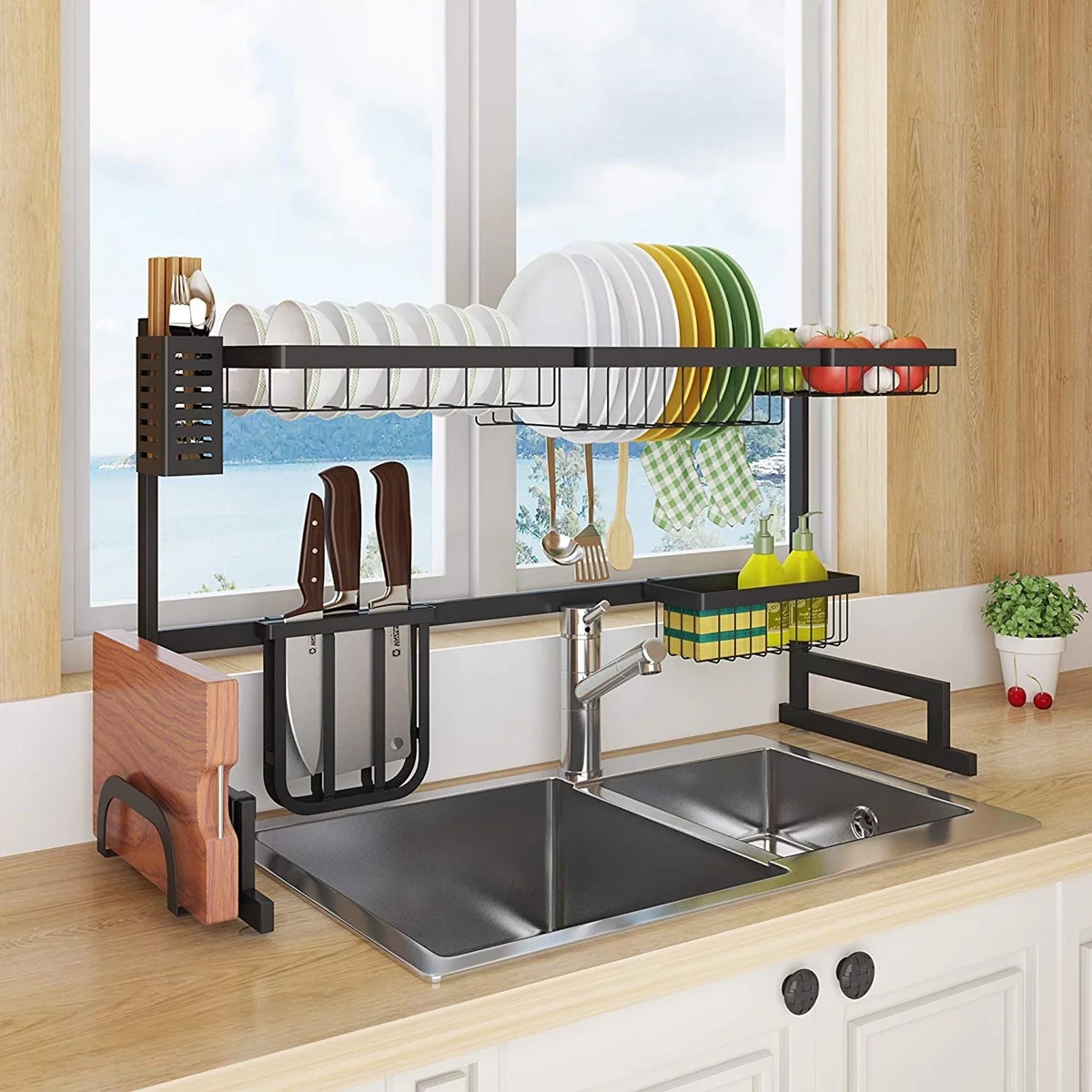

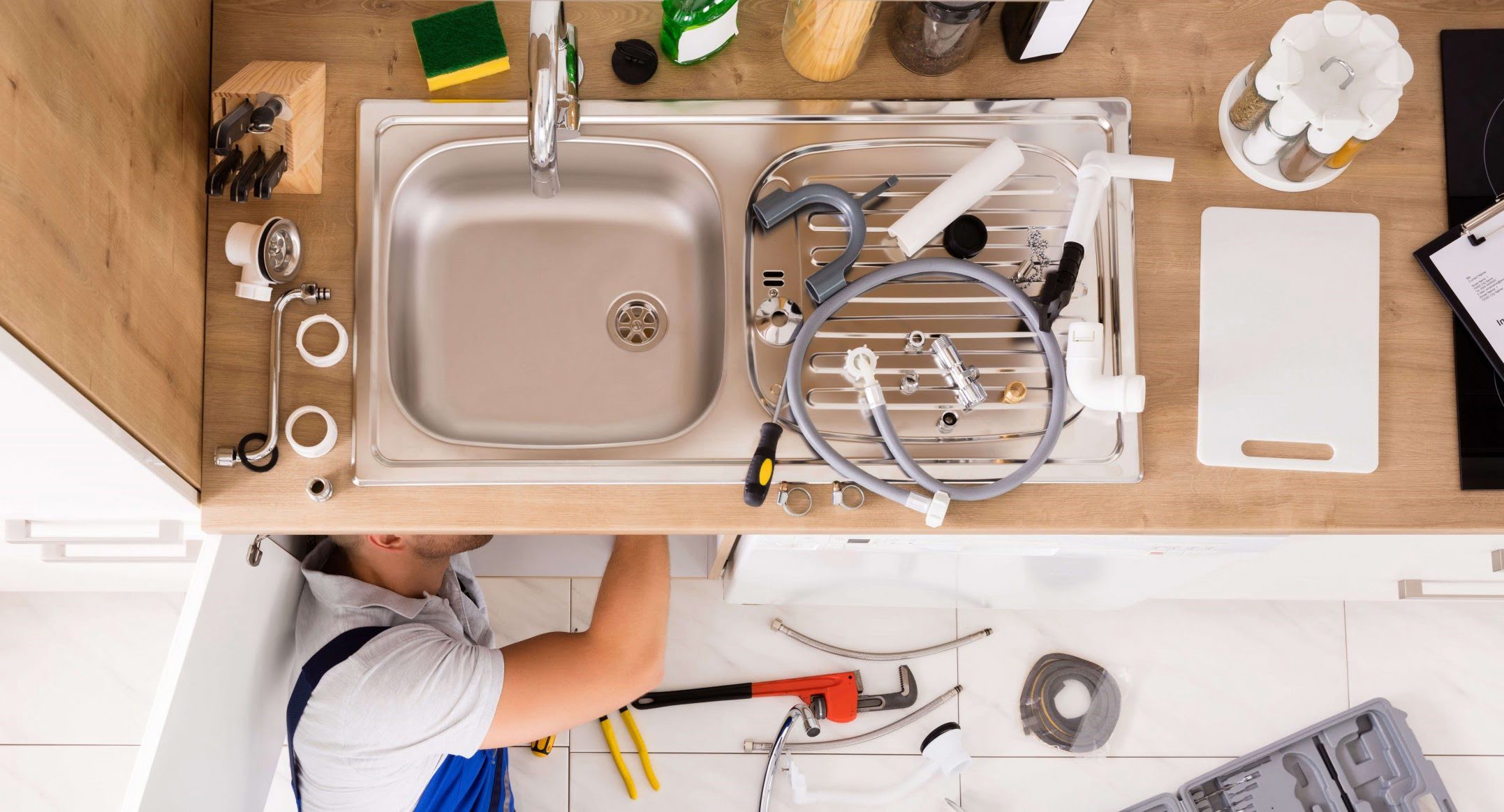


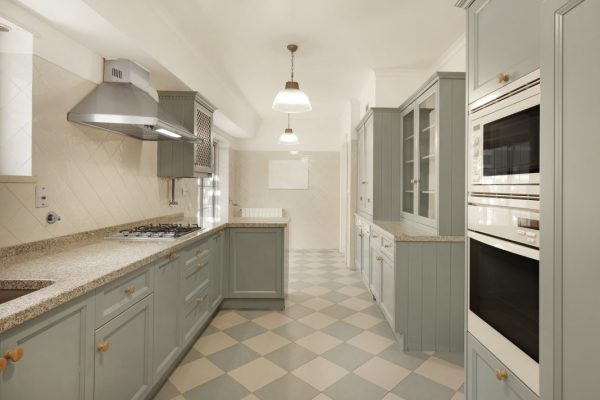

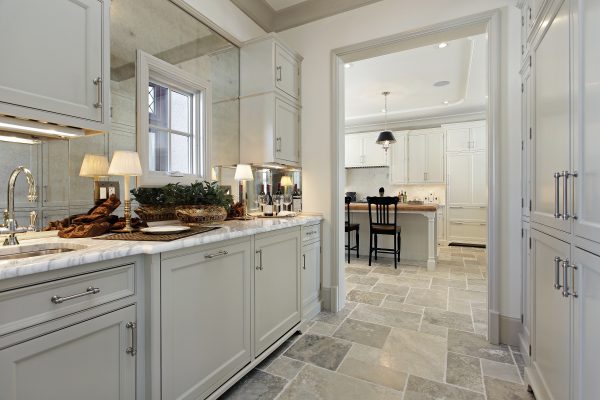
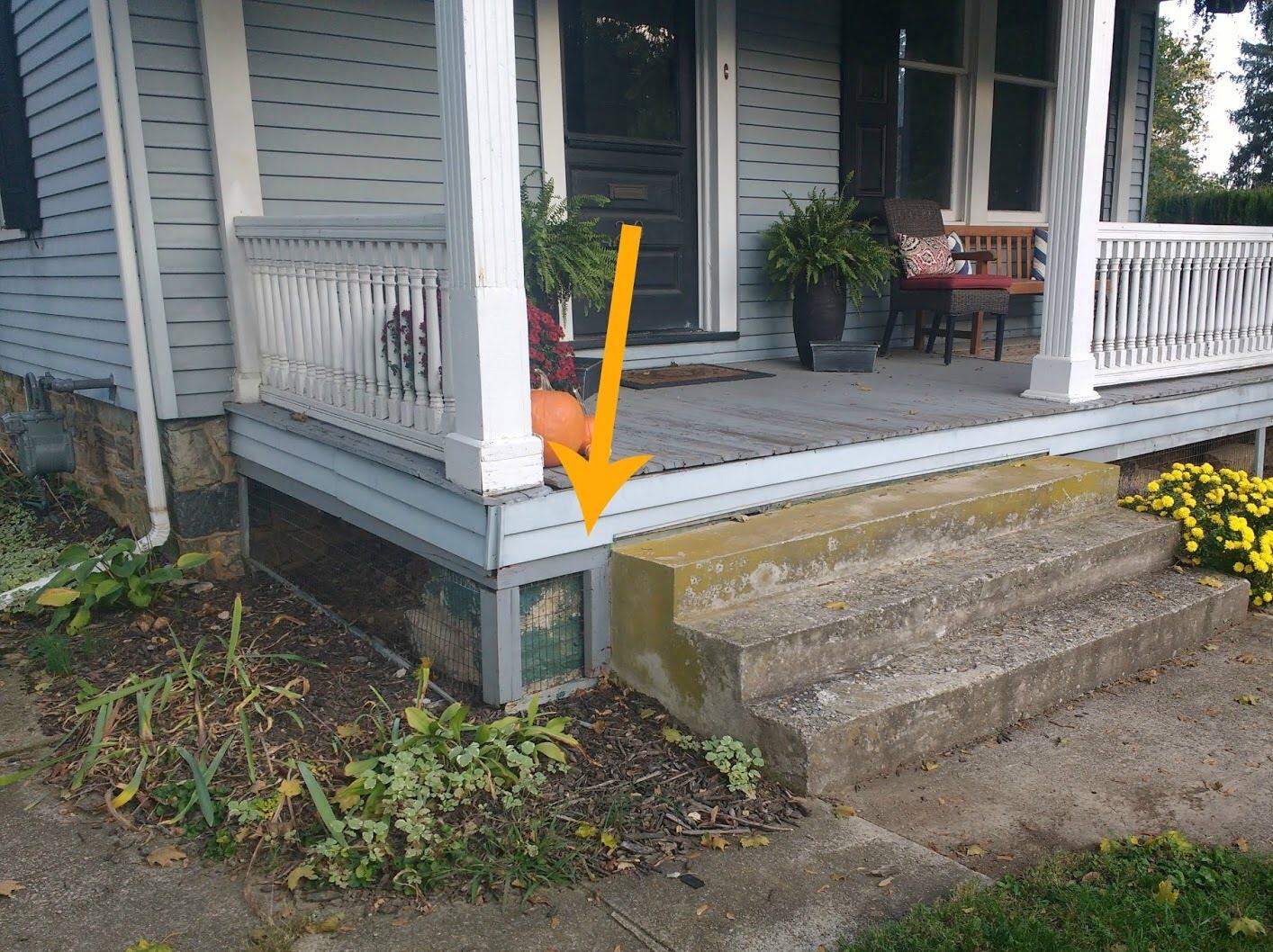
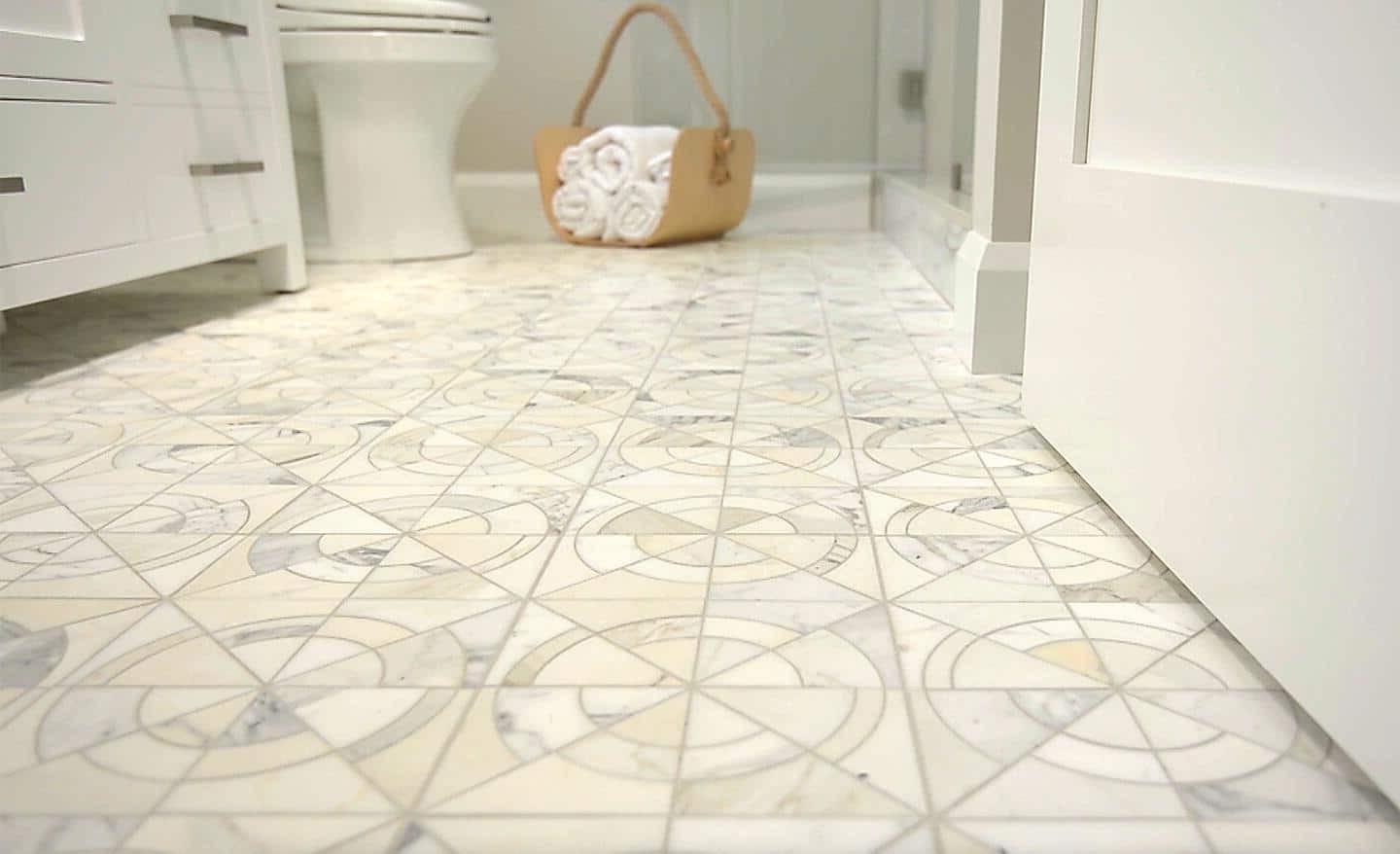
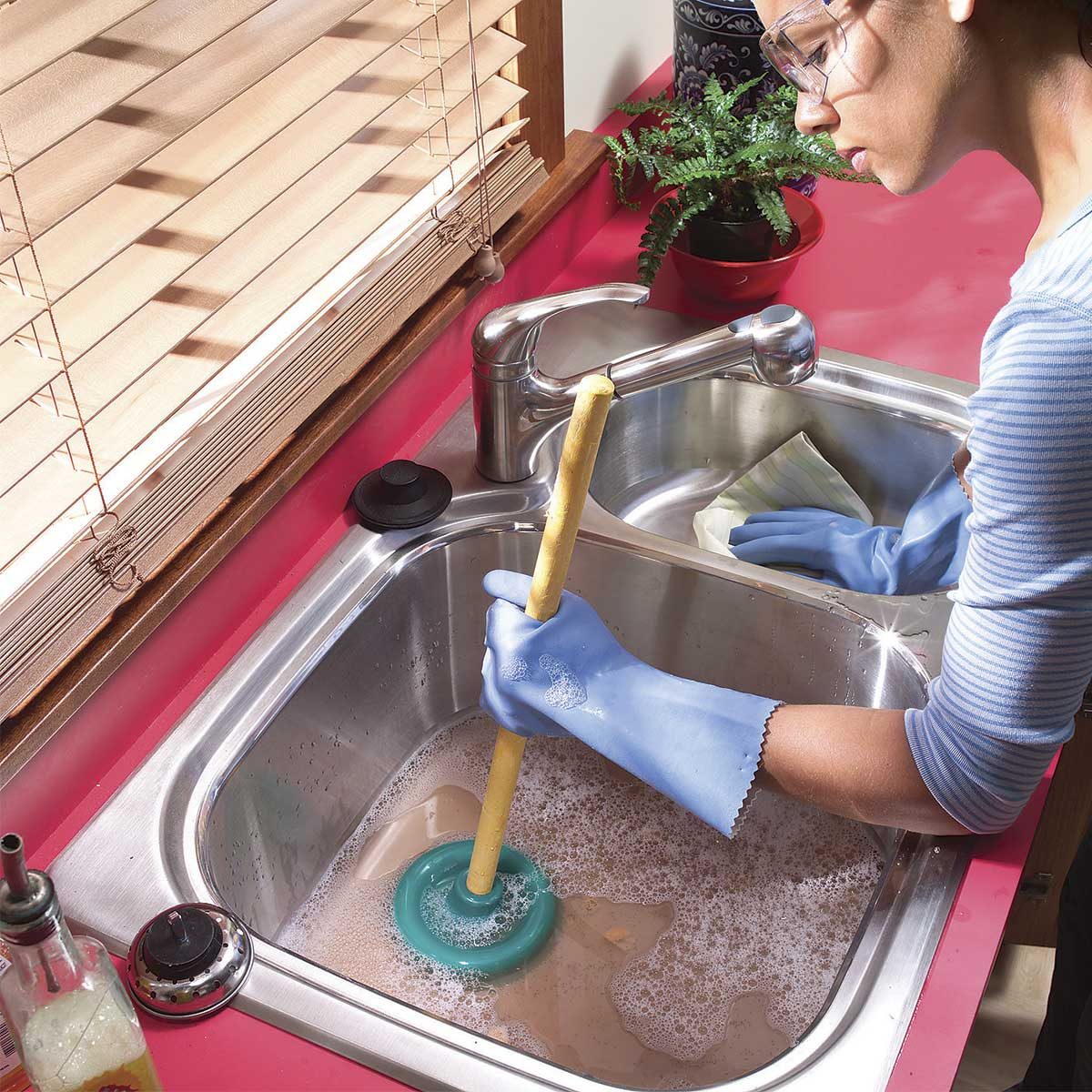
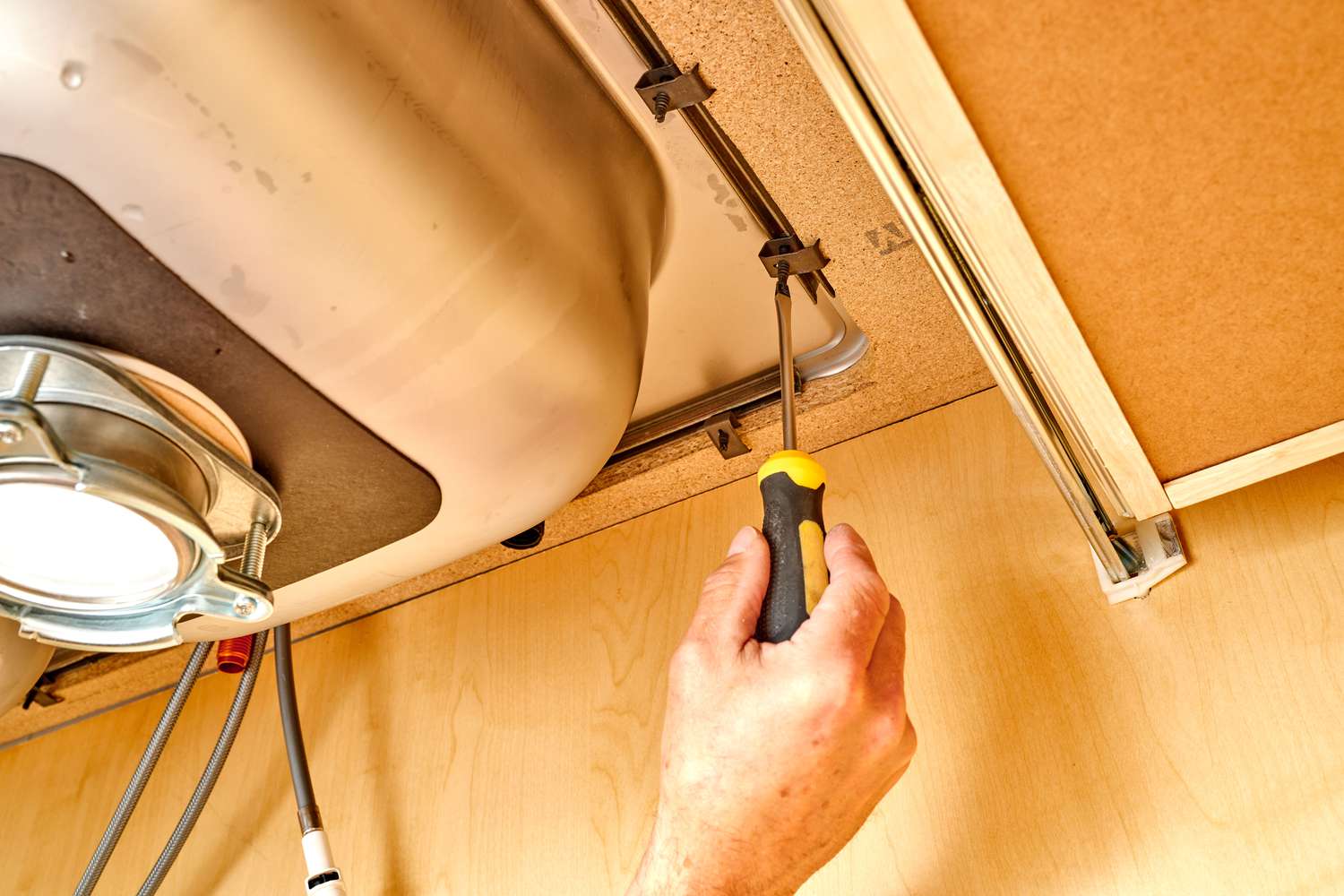
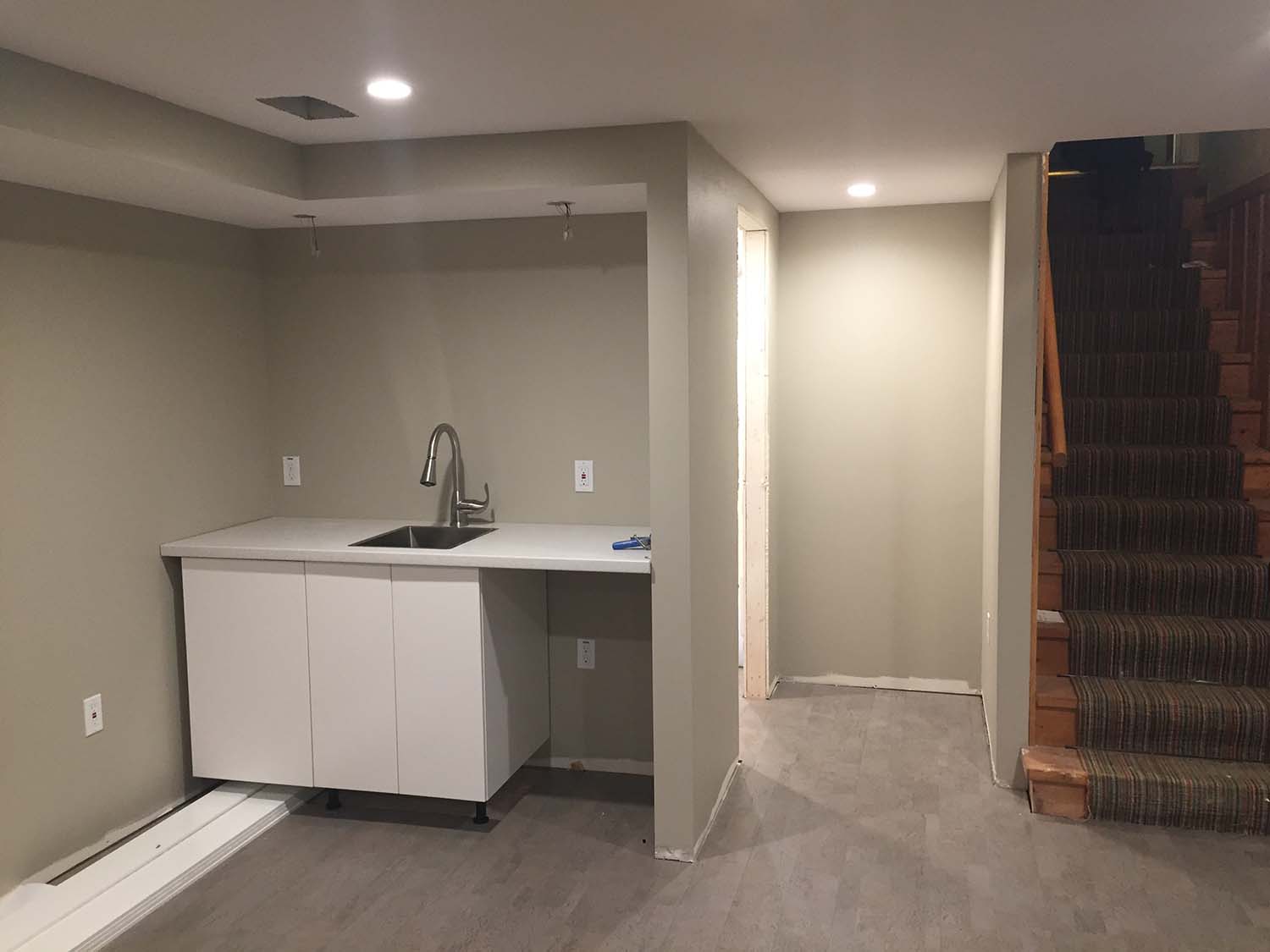

0 thoughts on “Design A Kitchen Sink: How To Plan A Well-organized Wet Zone”